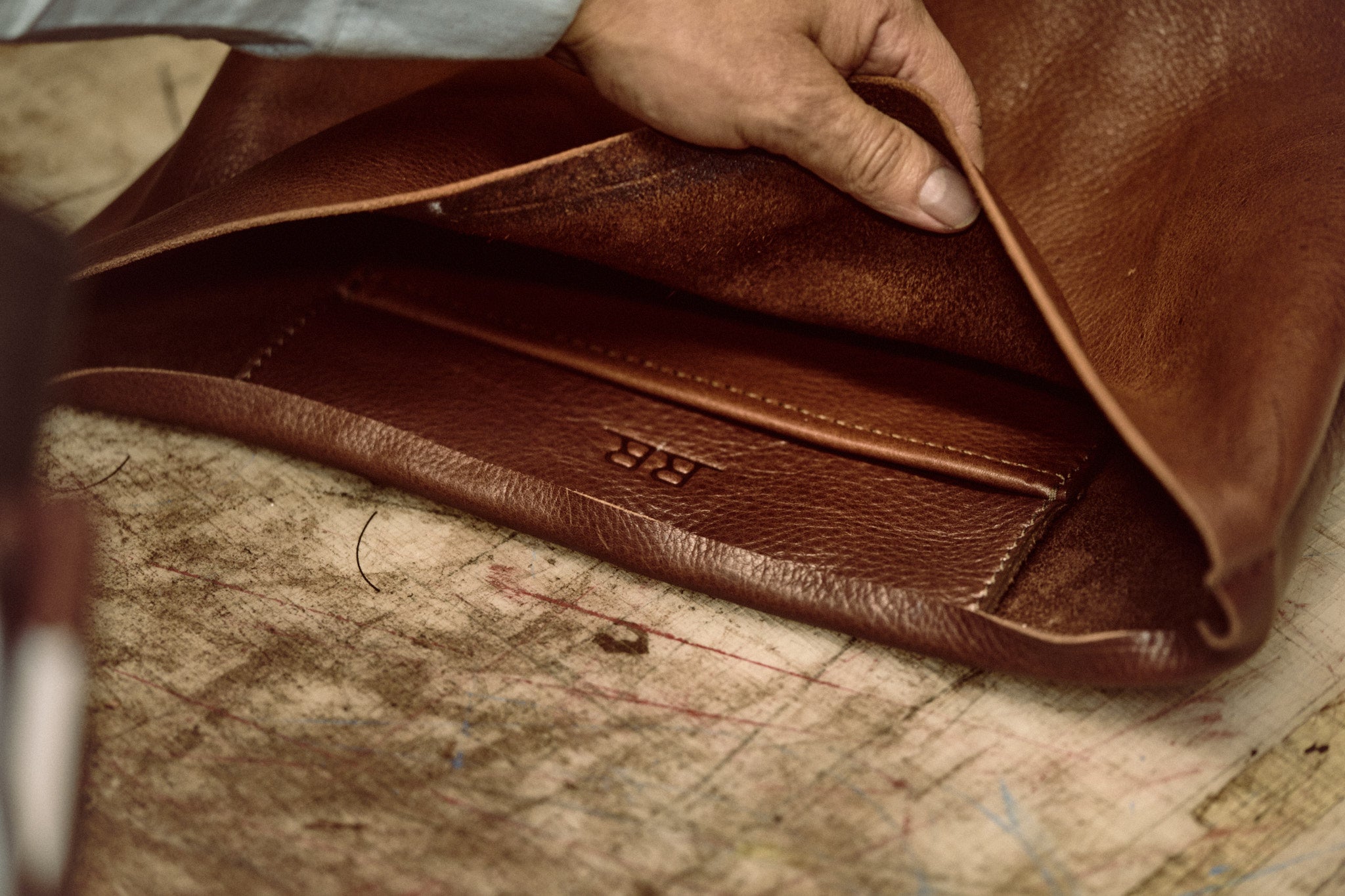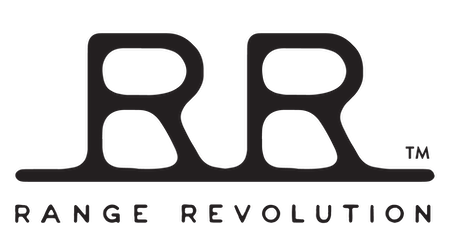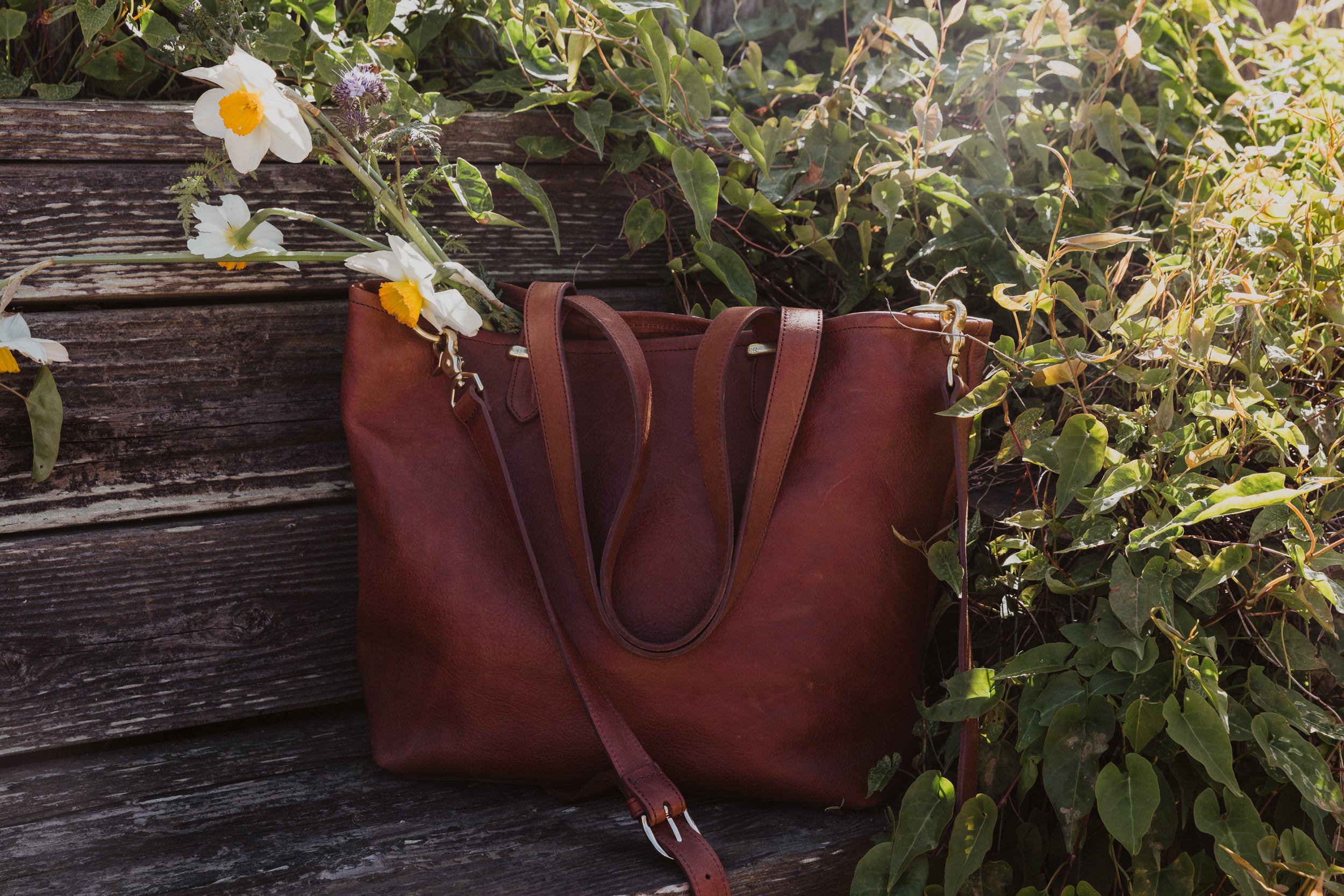Article: The Environmental Benefits of Regenerative Leather

The Environmental Benefits of Regenerative Leather
Every second, the equivalent of a garbage truck load of clothes* is burnt or buried in landfill. In a world where the fashion industry is creating unprecedented levels of waste, resource depletion and environmental harm, regenerative leather emerges as a beacon of hope, offering a harmonious blend of style and environmental stewardship.
While conventional leather production raises concerns about deforestation, pollution, and animal welfare, regenerative leather presents a solution that not only mitigates these issues but also actively contributes to ecosystem restoration.
What is regenerative leather?
Regenerative leather is real leather made from the hides of animals raised with regenerative practices. Regenerative agriculture holistically uses plants and animals to protect and enrich the soil, produces healthy ecosystems and nutrient dense crops, and helps to reduce carbon dioxide concentration in the atmosphere.
What are the benefits of regenerative leather?
1. Soil Regeneration: Unlike conventional leather production, which often leads to deforestation and soil degradation, the farmers and ranchers raising animals regeneratively utilize practices that prioritize soil health and biodiversity. By implementing holistic management techniques such as rotational grazing and cover cropping, regenerative farmers regenerate soil fertility, enhance water retention, and sequester carbon dioxide, thereby mitigating climate change and promoting ecosystem resilience.
2. Biodiversity Conservation: Regenerative leather production fosters thriving ecosystems where diverse plant and animal species coexist harmoniously. By preserving natural habitats, minimizing chemical inputs, and creating wildlife corridors, regenerative farmers play a crucial role in safeguarding biodiversity and restoring balance to fragile ecosystems.
3. Carbon Sequestration: One of the most remarkable benefits of regenerative agriculture is its capacity to sequester carbon dioxide from the atmosphere and store it in the soil. Through practices such as managed grazing and agroforestry, regenerative farmers enhance carbon capture, effectively transforming their farms into carbon sinks. This carbon-negative approach not only helps mitigate climate change but also contributes to long-term soil health and fertility.
4. Water Conservation: Regenerative farming emphasizes water conservation and efficiency, reducing reliance on irrigation and minimizing water pollution. By restoring natural hydrological cycles, capturing rainwater, and enhancing soil infiltration, regenerative farmers mitigate the risks of drought, erosion, and water scarcity, thereby ensuring sustainable water management for future generations.
5. Ethical Animal Welfare: In addition to its environmental benefits, regenerative agriculture and leather production prioritizes ethical animal welfare, ensuring that livestock are raised in humane conditions and treated with respect and care. By embracing regenerative farming principles, producers uphold the highest standards of animal welfare, fostering a symbiotic relationship between humans, animals, and the environment.
How do we use regenerative leather?
Range Revolution utilizes hides that come from ranching partners in the United States and can be traced back to the exact ranch the cattle came from. To be sure our hides come from holistically managed rangelands, we work exclusively with ranches that participate in a third party ecological monitoring protocol called Ecological Outcome Verification, created by the Savory Institute.
The leather produced from these hides are what make up our timeless styles of purses, handbags, travel bags, small leather goods and accessories. When you choose a Range Revolution product, you can feel good about your purchase, knowing that you’re helping to support ranches that are regenerating the lands in your backyard.
In conclusion, regenerative leather stands as a testament to the transformative power of sustainable agriculture, offering a holistic approach to leather production that nurtures both the land and the communities that depend on it. By supporting regenerative leather brands and embracing conscious consumption practices, we can contribute to a more resilient, regenerative future for generations to come.
Sources: *https://www.ellenmacarthurfoundation.org/topics/fashion/overview

